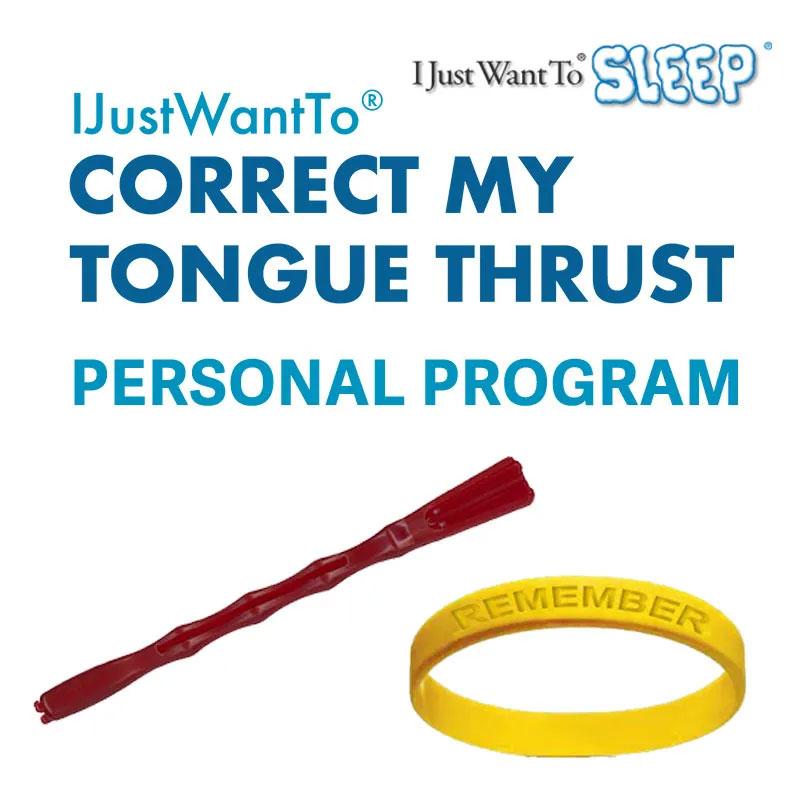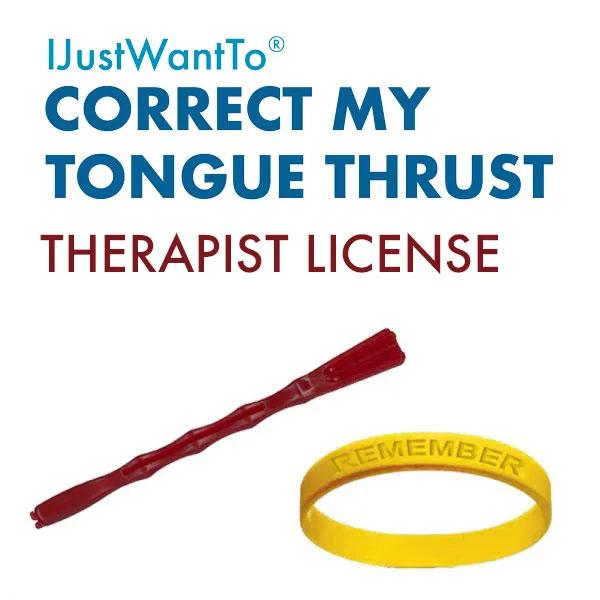For millions of people struggling with snoring, the promise of a simple, natural solution seems too good to be true. Yet research shows that targeted tongue and throat exercises can significantly reduce snoring. This comprehensive guide explores proven exercises that address the root causes of snoring, backed by scientific studies and real patient success stories.
Understanding How Snoring Exercises Work
Snoring occurs when air can't flow freely through your throat and nasal passages during sleep, often due to poor tongue positioning or weakened throat muscles. The right exercises strengthen these crucial muscles and train proper tongue placement, leading to clearer breathing during sleep.
Research conducted by speech therapist Janet Bennett found that specific tongue-strengthening exercises achieved a 94% success rate in reducing snoring when practiced consistently over a 7-week period. These results have been documented through clinical studies and hundreds of patient testimonials.
Key Benefits of Snoring Exercises
- Natural solution requiring no devices or medications
- Can show improvement within 3 weeks
- Takes only 10 minutes daily
- Addresses root causes rather than just symptoms
- Long-lasting results when maintained
- No side effects
Evidence-Based Exercise Program Elements
A successful snoring exercise program incorporates several key components:
1. Tongue Position Training
Learning the correct resting position for your tongue is fundamental. The tongue should rest against the roof of the mouth rather than falling back and blocking the airway during sleep.
2. Muscle Strengthening
Progressive exercises strengthen the muscles that control:
- Tongue placement
- Soft palate tension
- Throat muscle tone
- Airway positioning
3. Breathing Pattern Development
Exercises help develop proper nasal breathing patterns, reducing mouth breathing which often contributes to snoring.
Success Rates and Timeline
Clinical studies show:
- 94% of participants experienced reduced snoring
- Most notice improvements within 3 weeks
- Optimal results typically achieved within 7 weeks
- Benefits maintain long-term with proper maintenance
Real Patient Results
Consider these verified patient experiences:
"After the second week, my symptoms were rapidly disappearing. About halfway through the program, I was sleeping normally and feeling much better when I woke up." - Hartmut S.
"I have almost completely stopped snoring and feel much more rested in the morning. My partner no longer wakes me up countless times during the night!" - Kim G., California
Professional Implementation
While these exercises are performed at home, they're based on professional speech therapy techniques. The structured approach includes:
- Progressive exercise sequences
- Clear instruction and proper form guidance
- Regular progress tracking
- Maintenance program after achieving initial results
Important Considerations
- Exercises are suitable for adults and children over 8 years old
- Consistency is key - daily practice delivers best results
- Results vary by individual
- Those with diagnosed sleep apnea should consult their healthcare provider
- Exercise program should be followed as designed for optimal results
Getting Started
For best results, follow these guidelines:
- Commit to daily practice (10 minutes minimum)
- Follow proper form and progression
- Track your progress
- Maintain exercises even after seeing improvement
- Be patient - lasting results take time
Scientific Support
Research shows that oropharyngeal exercises can significantly reduce snoring severity and frequency. These exercises work by:
- Strengthening upper airway muscles
- Improving tongue position and control
- Enhancing breathing patterns
- Reducing airway collapse during sleep
Conclusion
While snoring exercises require commitment and consistency, their proven effectiveness makes them a valuable solution for many people seeking natural snoring relief. With proper technique and regular practice, these exercises offer a science-backed approach to addressing snoring at its source rather than just treating symptoms.
Remember that while these exercises work for many people, individual results may vary. Those with underlying sleep disorders should consult healthcare providers for proper evaluation and treatment recommendations.
[Note: This article is for informational purposes only and is not intended to diagnose or treat any medical condition. Consult with a healthcare provider before starting any new health program.]

